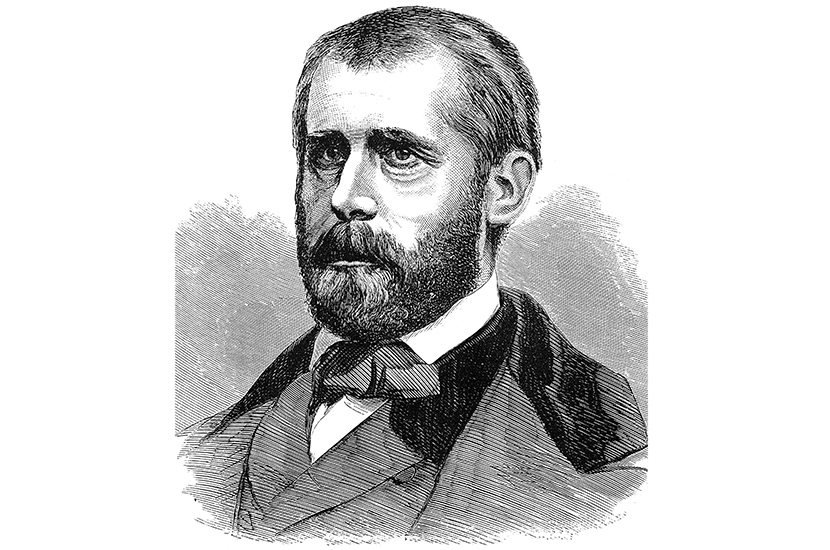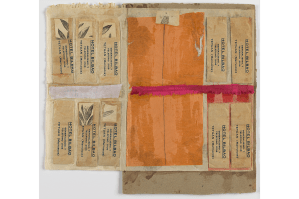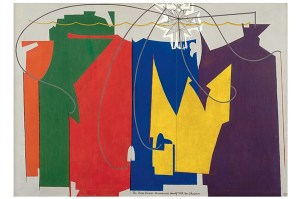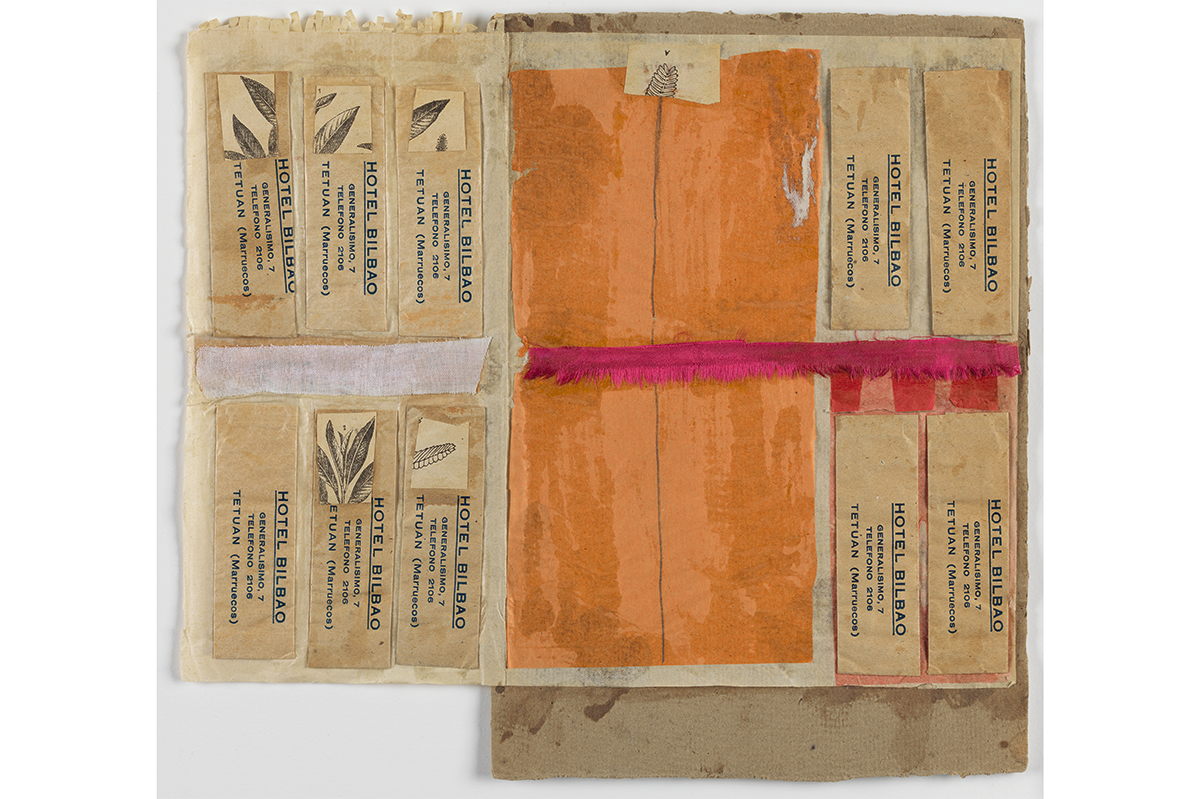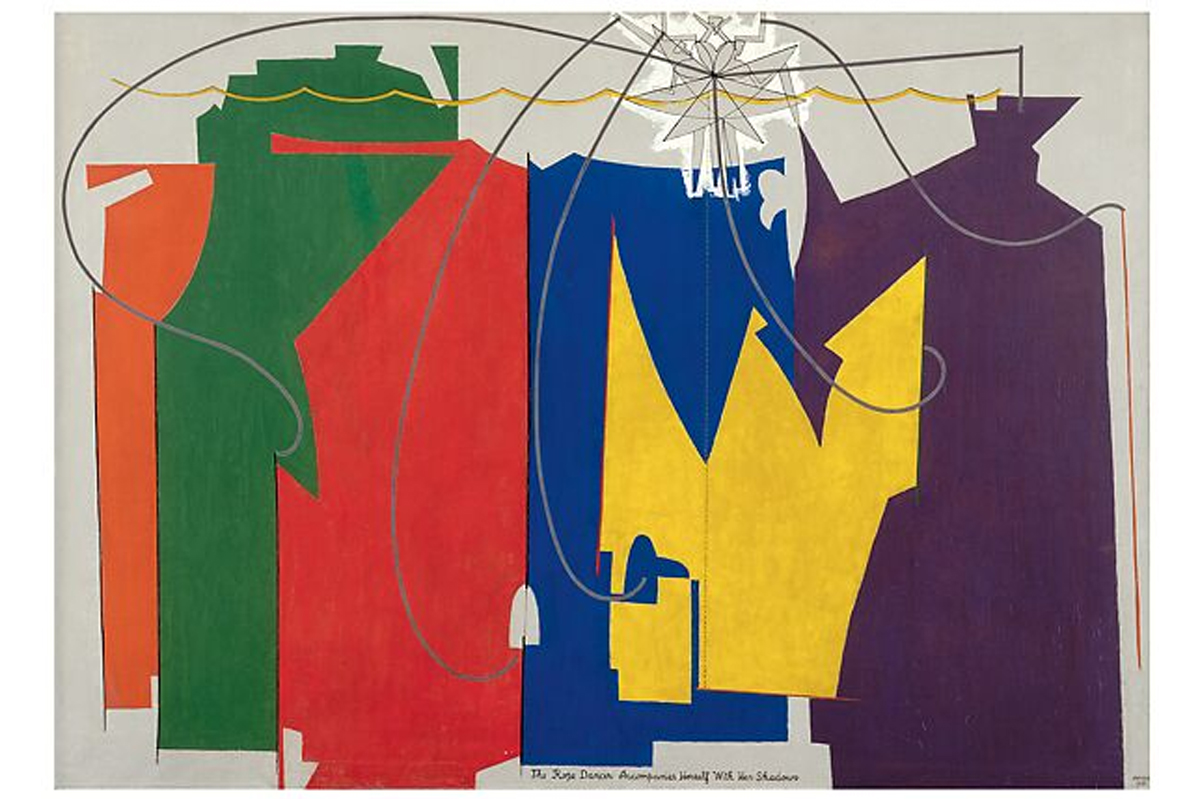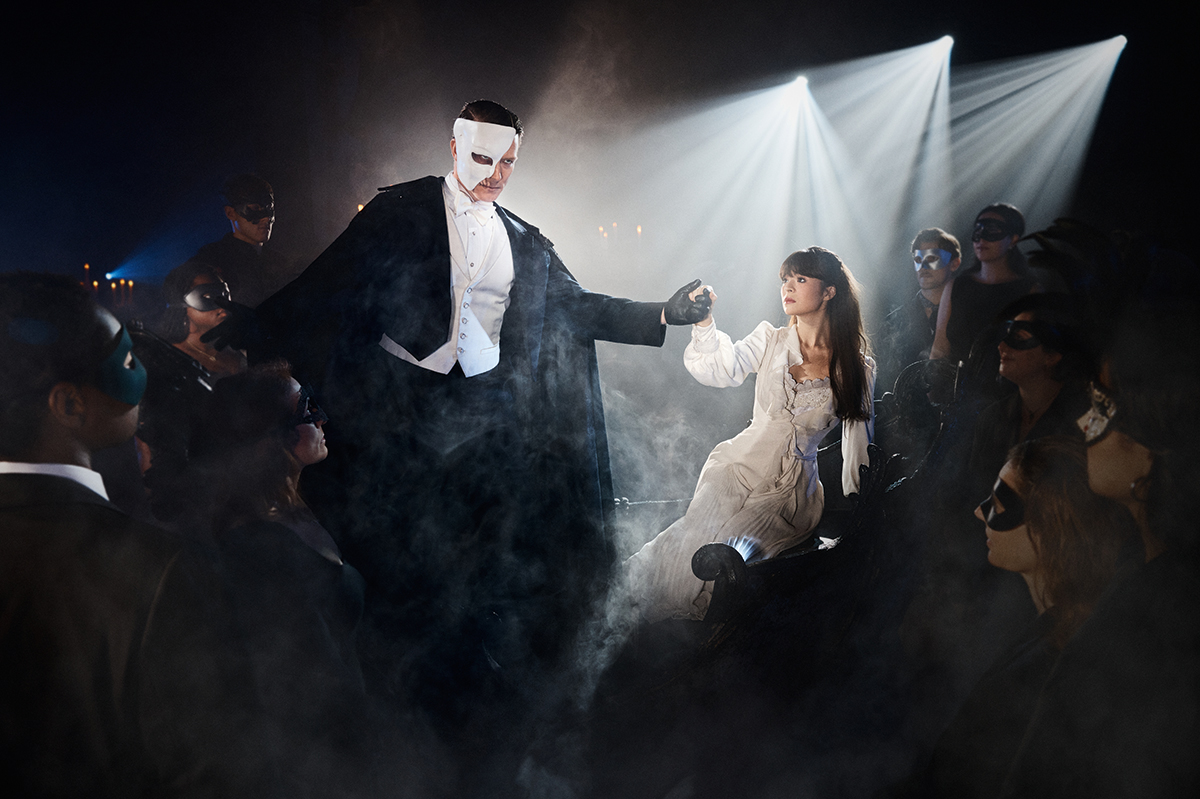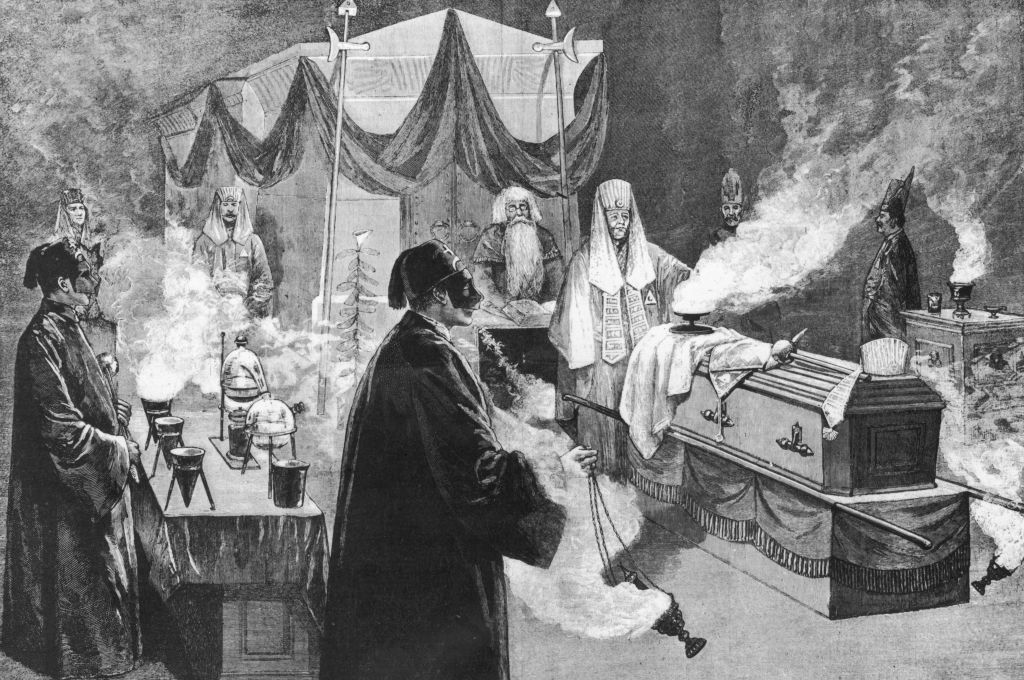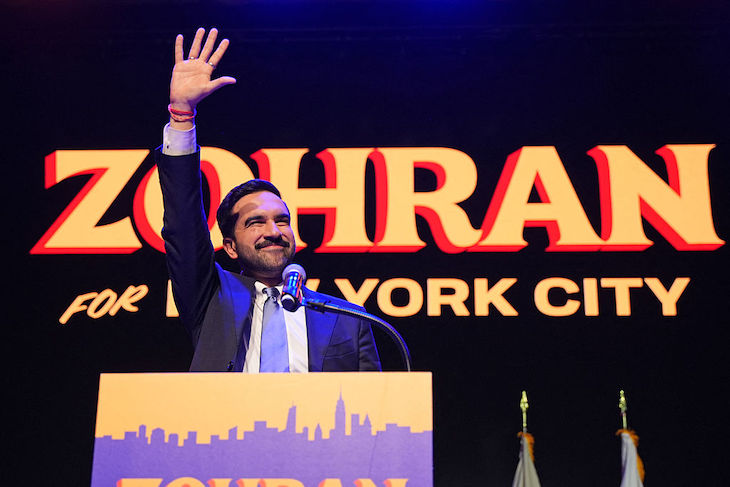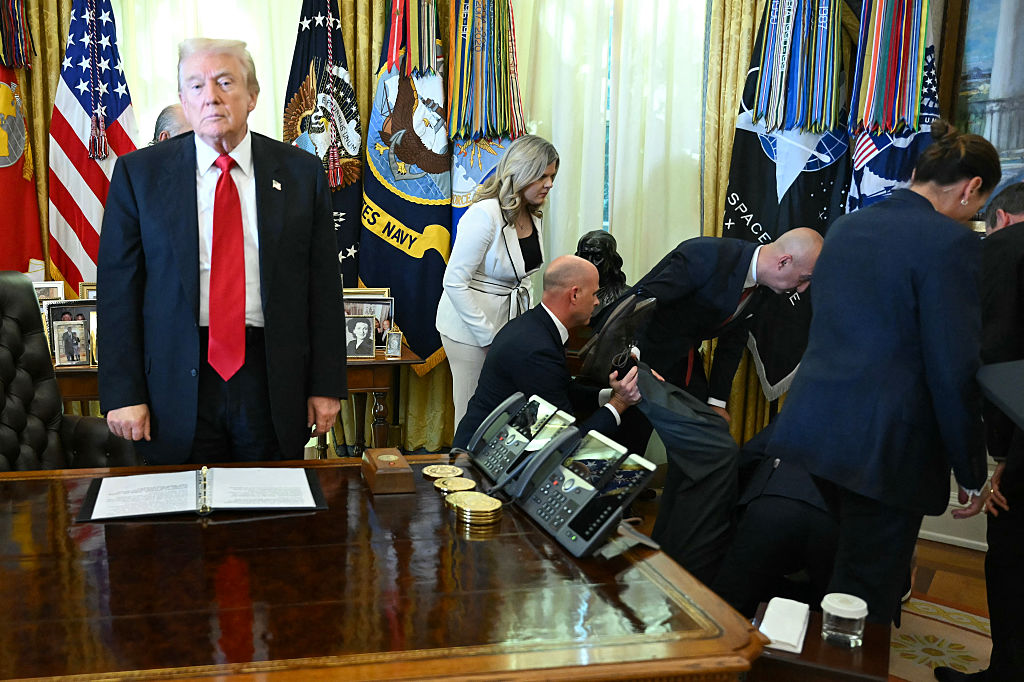What makes a city? The collective labor of millions packed into its history; the constant forgetting of incomers who arrive to create their own version of a place, their own versions of themselves; the desires of great men, whose improvements are partly intended to secure a better life for their less fortunate fellows, and partly a plea for their own immortality. This is a novel about all three, disguised as one about Andrew Haswell Green. According to one of the few memorials to him still standing, he was the ‘Directing Genius of Central Park in its Formative Period’ and ‘Father of Greater New York’. He was behind the consolidation of the five boroughs, as well as the establishment of the Metropolitan Museum of Art, the Natural History Museum, the New York Public Library and the Bronx Zoo.
Yet Green’s reputation is remarkably thin compared with his achievements. The marble lettering of that memorial is, notes Jonathan Lee, covered in bird shit — an injustice of history and also an opportunity for fiction. Into the gap where the biographical Green would be, Lee pours The Great Mistake.
It begins at the end: in 1903, when Green was 83, he was shot dead outside his home by a man with no apparent connection to his victim. So we meet Green first as an old man, the grandee looking back on his life and accomplishments:
‘He loved this city. He hated it. It was a cathedral of possibilities, it would never settle down, it might remember him or it might forget him, there was a sense of no control…’
From here, the novel proceeds in two chronologies, as a city exists simultaneously in its skyline and its sewers.
In the present, we follow the investigation into Green’s murder. In the past, Lee tenderly explores his life, which is almost as puzzling as his death. The son of a farmer, Green has no education to speak of and no capital, only the ‘longing to transform himself into someone new, the special American itch for the future’. That itch pulls him to New York and eventual wealth; Lee suggests a push as well from Green’s father, who, as presented here, is disgusted by his son’s delicacy and intimacy with other boys.
There is much to enjoy in the novel’s rich depiction of the city, from a digressive story about an elephant trapped in a police station to a bravura imagining of what it was like to be in a caisson (the immersion chamber used to lay the foundations of the Brooklyn Bridge). Its greatest achievement, though, is its tactful evocation of how it might have felt to love in a way that cannot even be safely acknowledged to oneself.
The entwined structure, closing in on the point of tragedy, produces not just suspense but also a powerful sense of the pathos and pain of finite existence. ‘The final realization of life is that there isn’t time,’ thinks Green towards the end of this novel of longing and great beauty, sharply observed comedy and keen mystery. ‘There isn’t time. It is slipping away from us with every smile.’
This article was originally published in The Spectator’s UK magazine. Subscribe to the World edition here.



